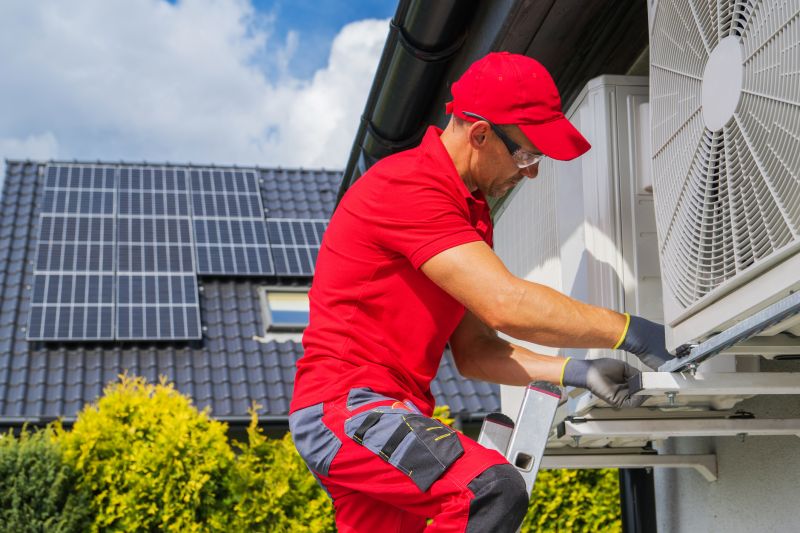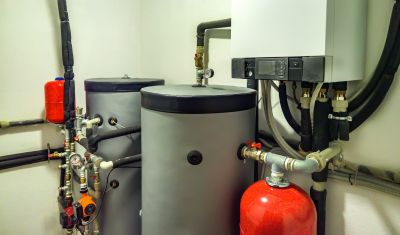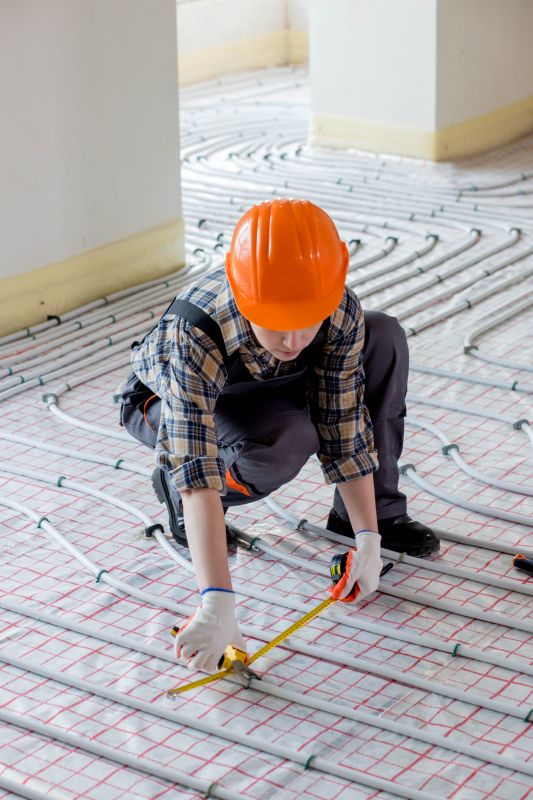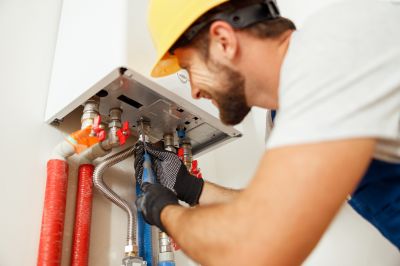Optimal Timing for Hydronic Heater Installations
Determining the optimal time for hydronic heater installations depends on various factors including climate, demand, and project scope. Typically, installations are most efficient during mild weather conditions, allowing for easier setup and reduced disruption. Planning during off-peak seasons can also minimize scheduling conflicts and ensure timely completion.
Spring and early fall are ideal for hydronic heater installations due to moderate temperatures and flexible scheduling options.
Avoiding extreme cold or hot weather can facilitate smoother installation processes and reduce potential delays.
Off-peak periods often provide better scheduling availability and may lead to cost savings.
Scheduling during milder months allows for thorough planning and preparation without weather-related constraints.

Spring offers favorable weather for installation, reducing delays and facilitating system setup.

Mild temperatures during fall and spring improve installation efficiency and safety.

Installing before winter ensures the system is operational when heating demand peaks.

Ways to make Hydronic Heater Installations work in tight or awkward layouts.

Popular materials for Hydronic Heater Installations and why they hold up over time.

Simple add-ons that improve Hydronic Heater Installations without blowing the budget.
Hydronic heater installations involve integrating a system that heats water and circulates it through radiators or underfloor pipes to provide efficient, consistent warmth. These systems are valued for their ability to deliver uniform heat and operate quietly. Proper timing ensures that the system is fully functional before the onset of colder weather, optimizing energy use and comfort.

Key components include boilers, pumps, and distribution pipes, all installed during the optimal season for efficiency.

The process involves system design, pipe laying, and connection to the water source, best performed in suitable weather conditions.

Post-installation testing ensures the system operates correctly before cold weather begins.

Final adjustments and system checks are essential for optimal performance during peak usage periods.
| Aspect | Details |
|---|---|
| Best Seasons | Spring and early fall |
| Weather Conditions | Moderate temperatures preferred |
| Scheduling Benefits | Off-peak periods offer better availability |
| Preparation | Allows thorough planning and setup |
| Energy Efficiency | Ensures system readiness before peak demand |
| Installation Ease | Milder weather reduces complications |
| Cost Implications | Potential for lower costs during off-peak times |
| System Longevity | Proper timing can extend system lifespan |
